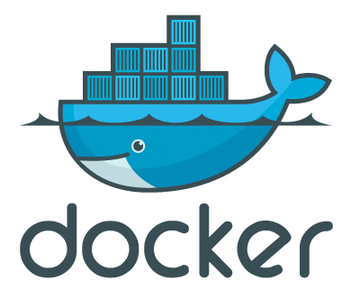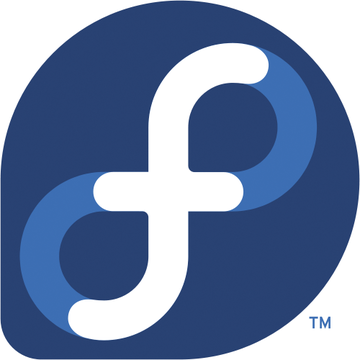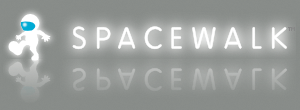« Previous 1 2
Dispatches from the world of IT
News
Docker
Docker has released a new version, 0.5. The Docker project describes Docker as "an open source project to pack, ship, and run any application as a lightweight container. According to the developers, "The same container that a developer builds and tests on a laptop can run at scale, in production, on VMs, bare metal, OpenStack clusters, public clouds and more."
Version 0.5 includes a feature that makes it possible to share a volume between a docker and its host. This release also features improved port redirection. With the new self-hosted registries, administrators can now maintain a private source for Docker images.
Docker developers are also working on some features for the next edition, including an extensive Docker API. Docker is also planning to include support more platforms in the future – currently, it only runs on 64-bit system.
The source code for Docker is available in the project's GitHub repository. Ubuntu users can also tap into a PPA. Docker is still under development and isn't recommended yet for production.
Fedora 19 Released
The Fedora project has announced the release of Fedora 19. Fedora is a community Linux project sponsored by Red Hat that serves as a test bed for tools and technologies that will one day make their way into Red Hat Enterprise Linux.
The latest release, code-named "Schrödinger's Cat," also includes updates to standard components, like Gnome 3.8, KDE Plasma Workspaces 4.10, the MATE desktop 1.6, and Linux kernel 3.9.0. Other improvements include Extlinux, a lightweight alternative to the GRUB boot loader, which is intended to accelerate the boot process, especially in virtualized installations.
The Anaconda installer has been enhanced to provide better storage options and now supports Fibre Channel over Ethernet (FCoE), iSCSI, and multipath. In addition, Fedora can now become part of an Active Directory domain during installation.
Enhancements to the virtualization toolset include Open-VM-Tools, a free implementation of VMware Tools. KVM and libvirt enable efficient migration of virtualized storage, even if it was not shared between VM hosts. Additionally, Fedora 19 now comes with the recent "Grizzly" version of the OpenStack cloud-computing framework.
Fedora has also joined the ranks of other Linux distributions that have changed the default SQL implementation from MySQL to MariaDB. (MySQL is still available in the package repository.)
Puppet Version 3 provides configuration management, and Fedora's OpenLMI management infrastructure has expanded to include new monitoring and configuration options.
Spacewalk 2.0 Released
The Spacewalk system management tool is available in version 2.0. Spacewalk is the free counterpart of Red Hat's Satellite management solution. Sys admins use Spacewalk for management tasks, such as system inventory, network software installation and upgrade, system provisioning, configuration file management, and system monitoring. According to the project website, Spacewalk "…works with RHEL, Fedora, and other RHEL-derivative distributions like CentOS… Limited support for managing Debian machines is also available." The new 2.0 release includes a new Auditing feature, which lets you associate a specific administrative action, such as creating a user account, to a specific user. Also included are improvements for PostgreSQL database management. Other changes include enhanced analysis of crash reports, as well as better integration of SCAP (Security Content Automation Protocol) security specifications. New RPM packages for the Spacewalk server and the client editions are in the yum repositories for Fedora and Red Hat. You will also find SUSE packages at opensuse.org.
« Previous 1 2
Buy ADMIN Magazine
Subscribe to our ADMIN Newsletters
Subscribe to our Linux Newsletters
Find Linux and Open Source Jobs
Most Popular
Support Our Work
ADMIN content is made possible with support from readers like you. Please consider contributing when you've found an article to be beneficial.






